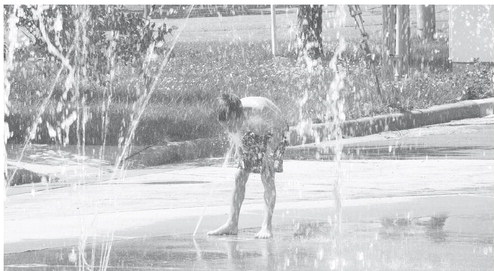Assembly Dems have more opponents in 2020
Assembly Democrats will face 22 more contested races this November than they did in 2018. Still, only a handful of those seats were even close to competitive in the 2016 presidential race, and only one is among Republicans’ top targets this fall.
Rep. Nick Milroy, D-South Range, didn’t have an opponent in 2018 or 2016. But Donald Trump only lost his northern Wisconsin seat by 3 points four years ago, and Milroy is a top target for Republicans as they push for a two-thirds super majority in both legislative bodies to negate Gov. Tony Evers’ veto power.
Besides Milroy’s district, only three other seats on the list that drew GOP candidates this year were within single digits in the 2016 election: The 54th, where Hillary Clinton won by 5 points in taking 48.5 percent of the vote and Assembly Minority Leader Gordon Hintz, D-Oshkosh, is up for reelection; The 71st, where Clinton took 49.7 percent and beat Trump by 7 points; Rep. Katrina Shankland, D-Stevens Point, is up for reelection there; The 81st, where Clinton won by 8 points as she took 50.8 percent of the vote; Rep. Dave Considine, D-Baraboo, is up for reelection.
Republicans currently hold the chamber 63-36 and would need to net three more seats this fall to reach a super majority.
In the 2018 midterms, Democrats ran uncontested in 29 of the 36 seats they won.
After the June 1 nomination paper filing deadline, only seven Assembly seats, all in Madison or Milwaukee, will have no GOP presence.
And of those seven seats, six are occupied by incumbents looking to get reelected.
Rep. Chris Taylor, D-Madison, announced in March she wouldn’t seek another term for the 76th AD. Eight Democrats are looking to fill her seat, but no Republicans threw their name in the ring.
Additionally, fewer Assembly Republicans will face a Democratic opponent this year compared to last cycle.
A total of 12 GOP candidates go uncontested this round, while only seven had no opponent in 2018. All 12 seats have incumbents seeking another term.
Meanwhile in the Senate, there are five one-party races this time around compared to four last time: three Democrat and two GOP.
Of those five this year, four are held by incumbents: Robert Cowles, R-Green Bay; Duey Stroebel, R-Saukville; Lena Taylor, D-Milwaukee; and Bob Wirch, D-Somers.
Sen. Fred Risser, D-Madison, revealed he would retire after serving 64 years in the Legislature. His solidly Democratic seat features a six-way Democratic primary, but no Republicans will be on the ballot.
Senators serve four-year terms, with even- and odd-numbered districts alternating each cycle for reelection.
Republicans started this session with a 19-14 majority over Democrats. They would need to reach 22 seats to gain veto override strength over Evers without Democratic help.
Two seats currently sit vacant after former Sen. Jennifer Shilling, D-La Crosse, stepped down to take a private-sector job, and U.S. Rep. Tom Tiffany, R-Minocqua, resigned to join Congress after winning the 7th CD special election in April.
Both of those seats will be filled in November.
Former DATCP Secretary-designee Brad Pfaff, Gays Mills nurse Jayne Swiggum and Paul Weber, who was found guilty in 2012 of causing a bomb scare, are all running for Shilling’s old seat on the Democrat side. Former GOP state Sen. Dan Kapanke, of La Crosse, is the only Republican in the race.
For Tiffany’s former Senate seat, state Rep. Mary Felzkowski, R-Irma, is in the race, as well as two Democrats: Wendy Klawitter and Karl Vocke.
The Capitol Report is written by editorial staff at WisPolitics.com, a nonpartisan, Madison-based news service that specializes in coverage of government and politics, and is distributed for publication by members of the Wisconsin Newspaper Association.
Copyright © WisPolitics.com

